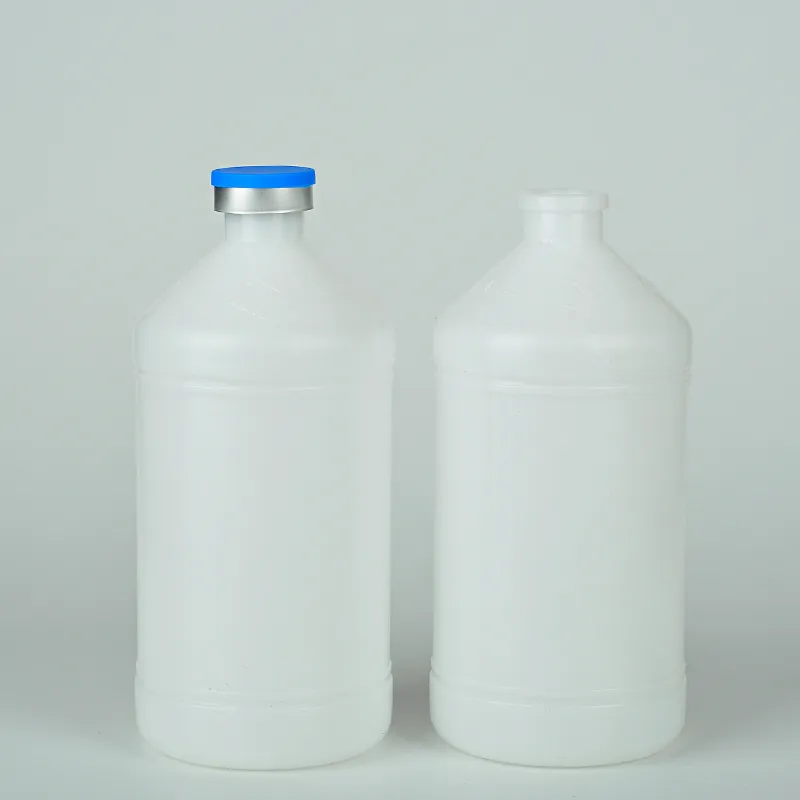https://www.wahmg.com/)">
Durable Laboratory Tubing Options for Various Scientific Applications
Durable Laboratory Tubing Options for Various Scientific Applications
Exploring the Versatility of Plastic Lab Tubes
In the modern laboratory environment, the importance of reliable and versatile materials cannot be overstated. Among the multitude of tools and equipment, plastic lab tubes have emerged as essential components for various applications ranging from sample storage to experimentation. Their unique properties make them favorable for scientists, researchers, and educators alike.
Plastic lab tubes, often made from materials such as polypropylene or polystyrene, offer several advantages over their glass counterparts. One of the most significant benefits is their lightweight nature, which makes them easier to handle and transport. This feature is particularly beneficial in busy laboratories where efficiency and safety are paramount. The risk of breakage associated with glass tubes is also mitigated when using plastic, reducing potential injuries and the costs associated with replacing broken equipment.
Another key advantage of plastic lab tubes is their chemical resistance. Many plastic formulations can withstand a variety of solvents, acids, and bases, allowing for a broad spectrum of applications. For instance, in biological research, these tubes are frequently used for storing samples and reagents that may react adversely with other materials. Additionally, the transparency of some plastic tubes enables scientists to easily visualize their contents, simplifying monitoring and analysis processes.
Plastic tubes also cater to specific lab applications. For example, they come in various sizes and shapes, including microcentrifuge tubes, cryogenic tubes, and culture tubes. Each type serves a unique purpose; microcentrifuge tubes are common in molecular biology for DNA and RNA work, while cryogenic tubes are vital for storing cell samples at ultra-low temperatures. The versatility in design ensures that scientists can select the appropriate tube for their specific requirements, enhancing efficiency and precision in the lab.
plastic lab tubes

Furthermore, the advent of custom labeling technologies for plastic lab tubes has revolutionized how samples are organized and tracked
. Color-coded tubes and shrink sleeves, for example, simplify the categorization of samples based on their contents, making it easier for researchers to maintain organized sample collections. This labeling convenience not only streamlines laboratory workflows but also minimizes the chances of mix-ups or contamination.An essential component of plastic lab tubes is their cost-effectiveness. When purchasing lab supplies, budget considerations are often a concern, especially for educational institutions or smaller research facilities. Plastic tubes typically offer a more affordable alternative to glass, making them accessible for a wider range of laboratory settings. This affordability allows labs to invest in higher quantities, reducing the frequency of supply shortages and ensuring that researchers have the materials they need at their fingertips.
However, it is vital to consider environmental concerns associated with plastic usage. As the world becomes increasingly aware of plastic pollution and its environmental impact, laboratories are exploring more sustainable options. Some manufacturers are developing biodegradable or recyclable plastic lab tubes, aiming to minimize their ecological footprint. As a response to this challenge, laboratories can adopt practices to recycle used tubes responsibly and reduce their reliance on single-use plastic items.
In conclusion, plastic lab tubes play a pivotal role in facilitating scientific research and experimentation. With their lightweight nature, chemical resistance, versatile designs, and cost-effectiveness, they have become indispensable tools across a variety of laboratory settings. While the focus on sustainability remains pressing, the innovation in materials and practices presents promising opportunities for balancing modern scientific needs with environmental responsibility. As we advance further into the future of scientific research, adapting our lab tools, including plastic lab tubes, will be key in fostering a more sustainable and efficient laboratory environment.
-
Wholesale Plastic Juice Bottles with Caps 16 oz Options Available Bulk Packaging SolutionsNewsJun.10,2025
-
Laboratory Apparatus Reagent Bottle – Durable & Chemical Resistant Bottles for Safe StorageNewsJun.10,2025
-
Squeezable Dropper Bottles Durable, Leak-Proof & CustomizableNewsMay.30,2025
-
Affordable Plastic Petri Plates Sterile & Disposable Lab-GradeNewsMay.30,2025
-
Eye Dropper Caps Precision 24/410 & Plastic Bottle-Compatible TipsNewsMay.30,2025
-
Affordable Mini Spray Bottle Price & Wholesale Deals Shop NowNewsMay.29,2025





















